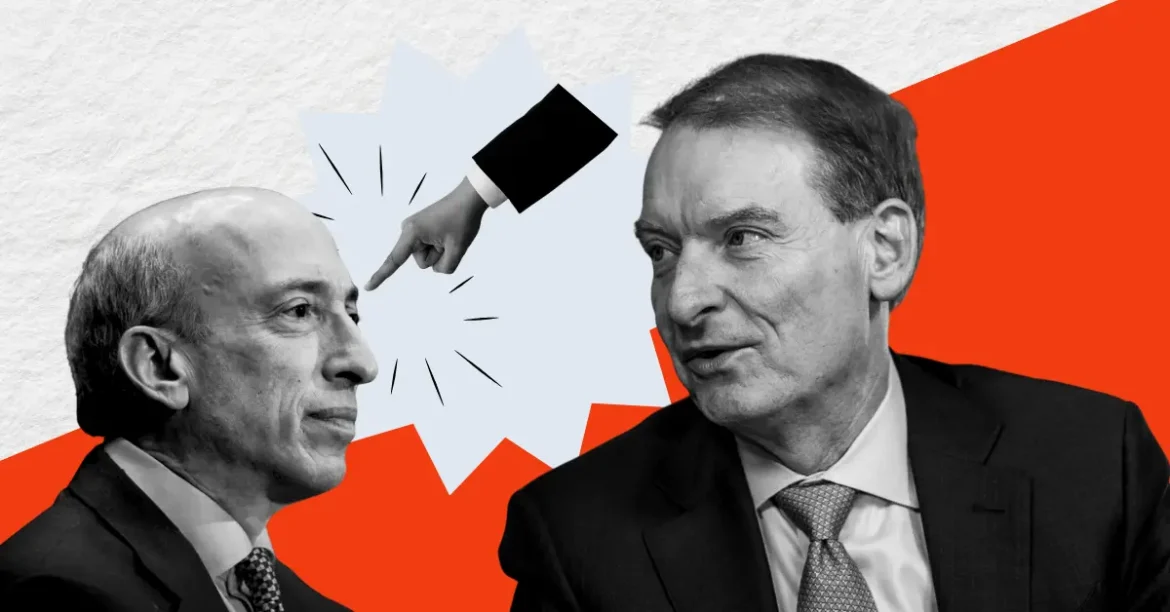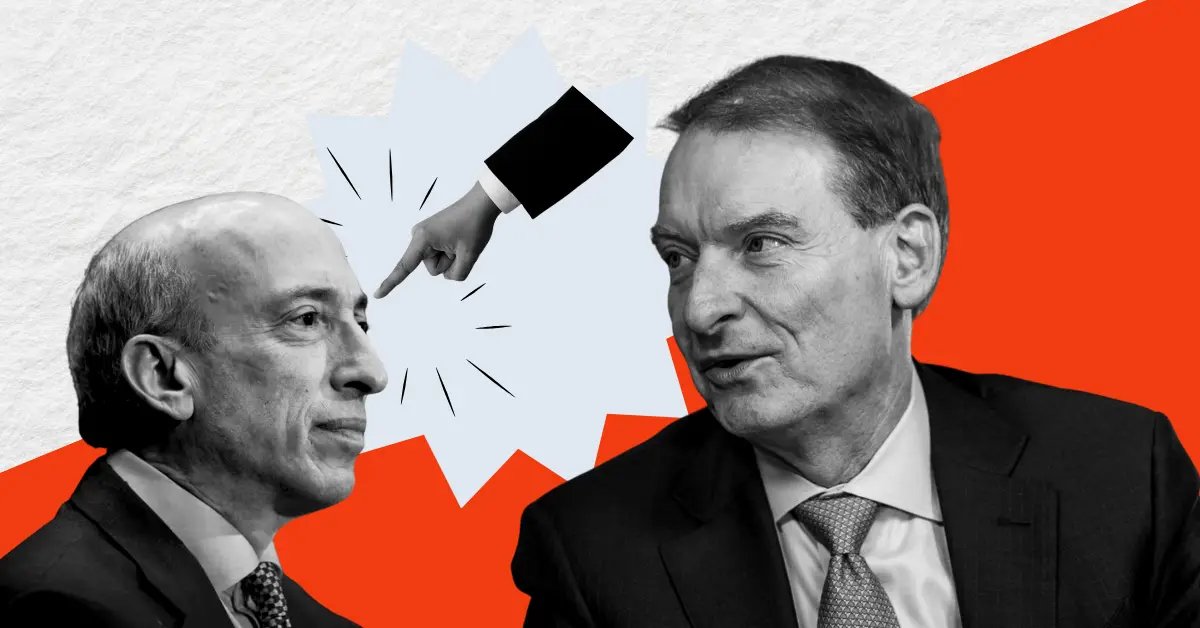The transition of leadership at the U.S. Securities and Exchange Commission (SEC) from Chair Gary Gensler to a new administration under President Donald Trump marks a significant juncture for the regulatory landscape, federal workforce, and the broader financial and cryptocurrency sectors. The developments encapsulate budgetary challenges, workforce reductions, political shifts, and regulatory expectations that collectively suggest an era of considerable transformation and uncertainty.
The SEC’s Workforce and Budget amid Transition
As Gary Gensler steps down on January 20, 2025, coinciding with Trump’s inauguration, the SEC faces a substantial workforce contraction. Data indicates a near 10% reduction in full-time staff, specifically a cut from 4,547 to approximately 4,100 employees, amounting to about 447 jobs lost through early retirements and buyout incentives. This shrinking workforce comes despite the agency’s relatively stable budget, which remains around $2.149 billion. The persistence of a steady budget alongside a smaller staff suggests either anticipated efficiency improvements, altered operational priorities, or potential funding reallocations within the agency.
This reduction in personnel raises questions about the SEC’s capacity to maintain the scope and intensity of its regulatory and enforcement activities. Historically, SEC enforcement under Gensler was marked by aggressive action, particularly targeting Wall Street firms and the burgeoning cryptocurrency industry, with fines exceeding $2 billion imposed on multiple entities. The human capital contraction fuels concerns over regulatory gaps or slowed enforcement momentum under the new administration.
Gensler’s Legacy: Enforcement and Crypto Regulation
Gary Gensler’s tenure at the SEC is noted for its emphatic regulatory approach, particularly towards the evolving cryptocurrency space, which he viewed with scrutiny and a cautious regulatory eye. Under his leadership, the Commission cracked down on unauthorized communication channels within financial institutions and pursued widespread enforcement actions targeting financial misconduct. Gensler’s departure represents not only a change in leadership but also signals a potential shift in regulatory philosophy.
With Trump’s forthcoming SEC chair expected to be more Wall Street and crypto-friendly, the industry likely anticipates a relaxation of the stringent enforcement policies characteristic of the Gensler era. This pivot could have broad implications for investor protections, market transparency, and the regulatory oversight of emerging digital assets.
Political Dynamics and Administrative Changes
Trump’s return to the presidency introduces significant political and administrative realignments at federal agencies, extending beyond the SEC. The Trump administration’s agenda includes large-scale federal workforce reductions, with broader plans encompassing the elimination of up to 107,000 federal jobs across various agencies in the subsequent year. This strategic downsizing correlates with policy goals to streamline government operations, reduce expenditures, and shift organizational priorities.
Notably, the Trump administration has actively encouraged federal employees to accept buyouts or early retirement incentives, further accelerating workforce reductions. However, this approach has been met with legal challenges. Federal courts, including those in California, have temporarily blocked some mass layoff plans and agency reorganizations to mitigate chaos and operational disruption, reflecting the contentious nature of these personnel policies.
The Implications for the SEC and Financial Markets
The SEC’s diminished workforce amid consistent budgetary allocations presents operational ambiguities. Reduced human resources may hamper the SEC’s ability to uphold robust oversight of increasingly complex financial markets, especially as technological innovations and crypto-assets evolve rapidly. A potentially more sympathetic leadership under Trump could simultaneously alter regulatory priorities, emphasizing deregulation and industry-friendly policies.
This dual scenario—fewer staff and a shifting regulatory stance—risks diluting enforcement rigor and investor protections unless mitigated by technological adoption, restructuring, or a redefined strategic focus. Market participants, particularly in cryptocurrencies and Wall Street firms, may welcome lighter scrutiny, but this could elevate systemic risk if regulatory safeguards erode.
Conclusion: An Uncertain Crossroads for the SEC
The impending exit of Gary Gensler and the entrance of a Trump-led administration mark a pivotal point for the SEC characterized by significant workforce cuts, stable but potentially reallocated budgets, and a stark ideological shift in regulatory approach. Gensler’s legacy of vigorous enforcement, especially in the cryptocurrency realm, contrasts with the anticipation of a rollback or recalibration under Trump’s leadership.
These changes underscore a broader federal government transformation with deep personnel reductions and regulatory realignments. How the SEC navigates these changes will critically shape the integrity and resilience of U.S. financial markets in an era marked by technological innovation, economic uncertainty, and shifting political tides. The SEC stands at a crossroads where operational capacity, policy direction, and regulatory effectiveness will be tested amid these sweeping transitions.





